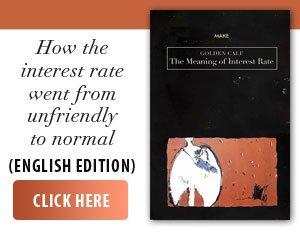Central banks around the world expect the share of gold holdings in their reserves to increase over the next five years, while the share of the dollar in their reserves is expected to decrease, according to a study by the World Gold Council (WGC), conducted between February 25 and May 20, Reuters reports, according to Agerpres.
Demand for gold from central banks has increased significantly in the past three years, despite the record price of the yellow metal. An ounce of gold reached a record value of $ 3,500.05 in April, representing a 95% increase since February 2022, when Russia invaded Ukraine.
73 central banks participated in the WGC study, and 76% of them expect their gold holdings to increase over the next five years, compared to 69% last year. Nearly three-quarters of respondents expect central bank gold reserves to be lower in the next five years, compared with 62% last year.
"Gold's performance during times of crisis, portfolio diversification and hedging inflation risks are the reasons for the increase in gold reserves in the future,” the WGC said in a statement.
Central banks have accumulated more than 1,000 tonnes of gold in each of the past three years, a significant increase from the average of 400-500 tonnes in the previous decade. "This significant acceleration in the pace of gold accumulation comes against a backdrop of economic and geopolitical uncertainty,” the WGC said.
According to the WCG, 95% of respondents believe that central bank gold reserves will increase in the next 12 months, compared with 81% last year, while the Bank of England (BoE) remains the preferred place for central bank gold reserves to be stored.
Potential trade conflicts and tariffs were cited by 59% of central banks as relevant to their reserve management. "A higher share, 69%, is recorded among central banks in emerging markets, while the share is 40% in advanced economies,” the World Gold Council reported.
Central banks are the third largest category of gold buyers, after the jewelry and investment sectors, responsible for about 23% of global consumption of the yellow metal. Typically, central banks' gold purchases are influenced by price developments, buying when prices fall and reducing purchases when prices rise.
Official data published by the International Monetary Fund (IMF) reflects only 34% of the WGC's estimates of total gold demand in 2024 from central banks.





























































